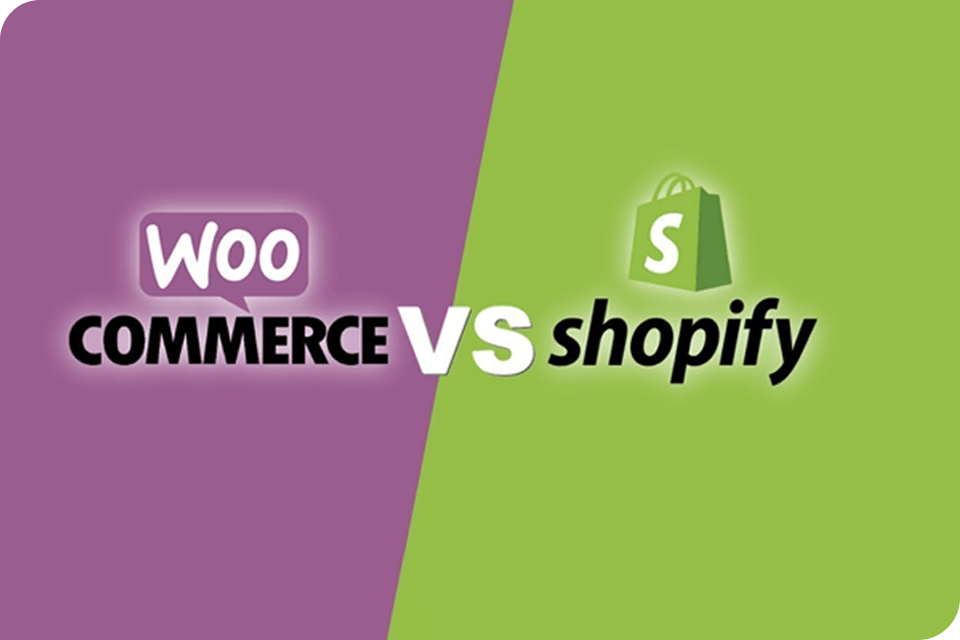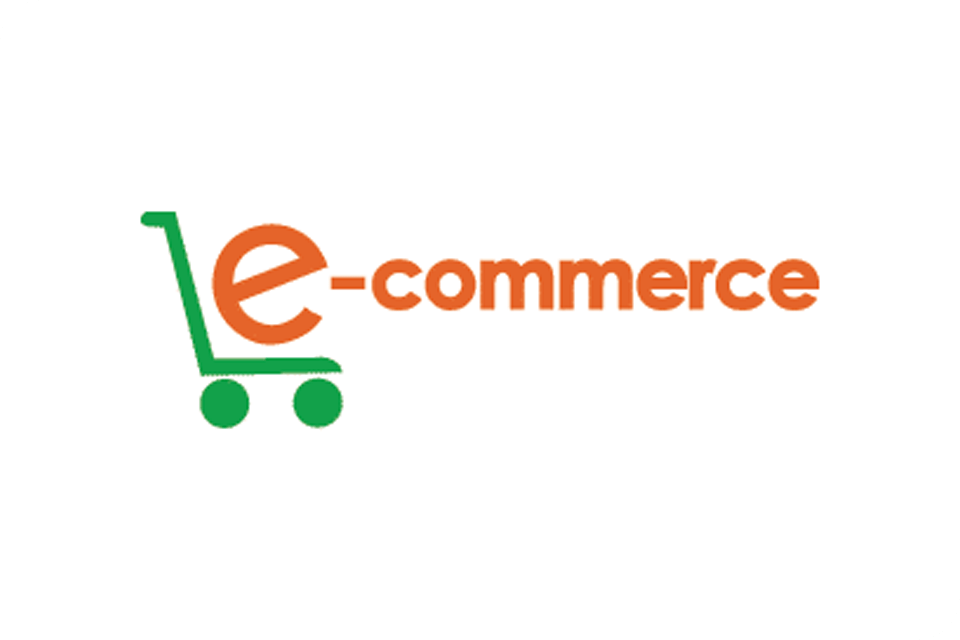Introduction:
In today’s digital era, having a robust e-commerce platform is crucial for any business looking to establish a strong online presence. Two popular options in the market are Shopify and WooCommerce. Both platforms offer a range of features and customization options to help businesses sell products effectively. In this blog, we will compare Shopify and WooCommerce across various key factors to help you make an informed decision for your e-commerce venture.
Ease of Use:
- Shopify: Known for its user-friendly interface, Shopify provides a simple setup process, making it an ideal choice for beginners or non-technical users. It offers a drag-and-drop builder, intuitive navigation, and easy-to-use templates for building an online store
WooCommerce: As a WordPress plugin, WooCommerce requires a bit more technical knowledge compared to Shopify. It integrates seamlessly with WordPress, giving users control over their website’s appearance and functionality. However, setting up WooCommerce may involve more steps and customization.
Flexibility and Customization:
- Shopify: While Shopify provides a range of professionally designed themes and templates, customization options can be somewhat limited. Users can modify the appearance using the built-in editor or edit the HTML/CSS codes directly. Shopify’s app store offers various plugins and extensions to enhance store functionality.
WooCommerce: Powered by WordPress, WooCommerce provides extensive customization options. Users have full control over their website’s design, layout, and functionality. With thousands of WordPress themes and plugins available, it allows for highly tailored e-commerce stores to match specific business needs.
Cost of Pricing:
- Shopify: The platform offers different pricing plans, including Basic, Shopify, and Advanced, with varying monthly fees. Additional costs may arise from premium themes, plugins, and transaction fees (unless using Shopify Payments). While it provides a comprehensive package, the overall expenses can add up, particularly for smaller businesses.
WooCommerce: WooCommerce is a free plugin, but users must consider costs associated with domain registration, hosting, and premium themes or plugins. While it offers more control over pricing, businesses should calculate expenses based on their specific requirements and budget.
Scalability and Performance:
- Shopify: As a hosted solution, Shopify handles server maintenance, security, and performance optimization. It provides unlimited bandwidth and can handle high traffic volumes effectively. Shopify Plus is available for larger enterprises with advanced features like dedicated support and enhanced scalability.
WooCommerce: Since it runs on WordPress, WooCommerce’s performance depends on the hosting provider and server configuration. With appropriate hosting and optimization, it can handle significant traffic. However, managing scalability and performance requires additional technical expertise.
Payment Options and Integration:
- Shopify: Shopify offers its payment gateway called Shopify Payments, which simplifies transactions. It also integrates with over 100 external payment gateways, ensuring flexibility for customers. Additionally, it supports multiple languages and currencies, making it suitable for international sales.
WooCommerce supports various payment gateways, including PayPal, Stripe, and more, allowing users to choose their preferred options. Its flexibility enables businesses to cater to different customer preferences, making it suitable for global transactions.
Conclusion:
Both Shopify and WooCommerce have their strengths and cater to different user requirements. Shopify provides a user-friendly experience, making it suitable for beginners or businesses seeking convenience. On the other hand, WooCommerce offers greater customization and control, ideal for businesses with more specific needs. By considering factors such as ease of use, customization options, costs, scalability, and payment integration, you can make an informed decision and select the e-commerce platform that aligns with your business goals and aspirations.







